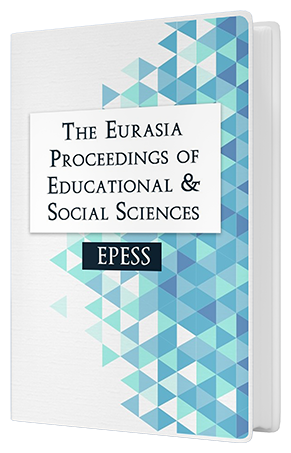PLANT CLASSIFICATION AND BIODIVERSITY WHAT RELATIONSHIP IN TEXTBOOKS OF MOROCCO
Keywords:
Botanical classification, Textbooks, Biodiversity, pedagogical approachAbstract
Biodiversity is rapidly declining worldwide. The main cause of the loss of biodiversity can be attributed to the influence of human beings on the world’s. To protect biodiversity we need to understand it. An informed understanding of plant diversity and resources has never been more important. Environmental surveys and effective conservation strategies depend upon detailed knowledge of plants. To communicate such knowledge accurately and effectively, training is required in plant taxonomy, the discipline devoted to plant diversity, relationships and nomenclature. In Morocco, plant taxonomy is addressed in different levels of pimary and secondary education. Textbooks, didactical reference tool for pupils and teachers, also address this issue. The purpose of this paper is to present the results of the analysis of pedagogical approaches used by these textbooks. The methodology used is content analysis both in the text and in images. The analyzes show that there is dominance of the functionalist classification and negligence of the utility of species. In textbooks, there is use of ecological criteria, relating to reproductive and vegetative and negligence of genitic and biochemical criteria. The pedagogical styles are often informative and explanatory. The classification of plants is not linking in an explicit way with biodiversity. Results show that pedagogical approaches fail to develop the necessary skills to classify plants include in particular the kinship between species and to classify living species in their taxa. Such pedagogical approaches does not allow the development of critical thinking required in any action of the Environmentel education.Downloads
Published
Issue
Section
License
Copyright (c) 2016 The Eurasia Proceedings of Educational and Social Sciences

This work is licensed under a Creative Commons Attribution-NonCommercial-ShareAlike 4.0 International License.
The articles may be used for research, teaching, and private study purposes. Any substantial or systematic reproduction, redistribution, reselling, loan, sub-licensing, systematic supply, or distribution in any form to anyone is expressly forbidden. Authors alone are responsible for the contents of their articles. The journal owns the copyright of the articles. The publisher shall not be liable for any loss, actions, claims, proceedings, demand, or costs or damages whatsoever or howsoever caused arising directly or indirectly in connection with or arising out of the use of the research material. All authors are requested to disclose any actual or potential conflict of interest including any financial, personal or other relationships with other people or organizations regarding the submitted work.




